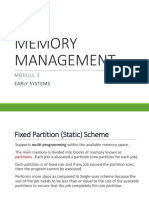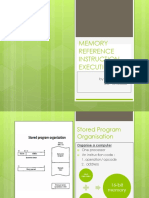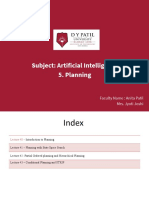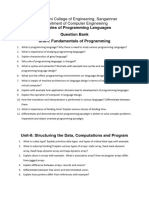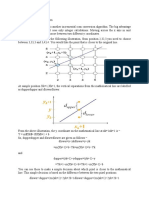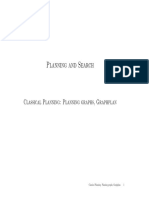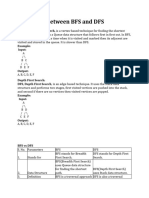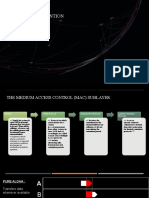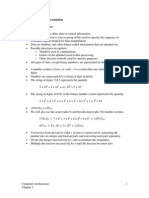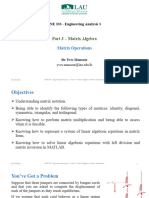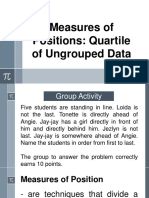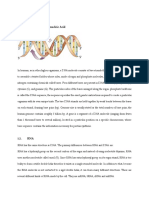0% found this document useful (0 votes)
210 views12 pagesChapter 1 - Data Representation 1.1 - Data Types
The document discusses various methods of data representation in computers including:
1. Binary, octal, and hexadecimal number systems for representing integers.
2. Binary-coded decimal (BCD) and ASCII encoding schemes for representing alphanumeric characters.
3. Binary complementation methods including 1's and 2's complement for signed number representation and arithmetic.
4. Fixed-point representation with implicit or explicit binary points and signed number representation using sign-magnitude, 1's complement, or 2's complement methods. Addition of signed 2's complement numbers only requires regular binary addition.
Uploaded by
Labu RaiCopyright
© © All Rights Reserved
We take content rights seriously. If you suspect this is your content, claim it here.
Available Formats
Download as PDF, TXT or read online on Scribd
0% found this document useful (0 votes)
210 views12 pagesChapter 1 - Data Representation 1.1 - Data Types
The document discusses various methods of data representation in computers including:
1. Binary, octal, and hexadecimal number systems for representing integers.
2. Binary-coded decimal (BCD) and ASCII encoding schemes for representing alphanumeric characters.
3. Binary complementation methods including 1's and 2's complement for signed number representation and arithmetic.
4. Fixed-point representation with implicit or explicit binary points and signed number representation using sign-magnitude, 1's complement, or 2's complement methods. Addition of signed 2's complement numbers only requires regular binary addition.
Uploaded by
Labu RaiCopyright
© © All Rights Reserved
We take content rights seriously. If you suspect this is your content, claim it here.
Available Formats
Download as PDF, TXT or read online on Scribd
/ 12


